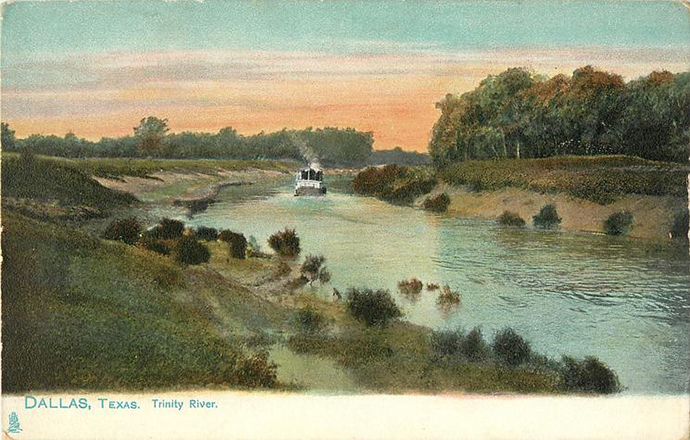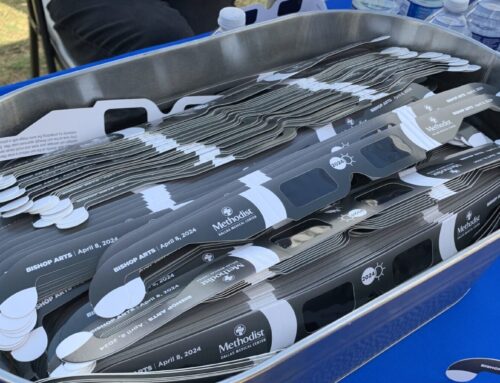Two cities. Two forgotten waterways. Two billion-dollar projects.
One city’s project is a clear winner in terms of providing residents with amenities. The other city’s idea of success is bragging about a toll road and wanting to be “world class”.
Nearly 20 years after those of us in Dallas began our Trinity Toll Road odyssey, we have a big white show bridge, a few new restaurants and apartments at the end of the bridge, and a bunch of repaired levees to show for our time and money.
Minimal new parkland. No new lakes. A white-water park apparently so dangerous the city won’t let us use it. And endless attempts to run the six-lane Trinity Toll Road through the land promised for lakes and parks.
Dallas keeps trying to hit a home run and, like so many Rangers sluggers over the years, we keep swinging through the ball.
A few hundred miles to the south, that other “world class” city in Texas — Houston — has a lot more to show for its time and money.
The DMN reports in a lengthy, interesting piece that Houston has successfully developed a 10-mile portion of the Buffalo Bayou winding through a portion of the city into — wait for it — parkland, restaurants, water features, entertainment facilities, bike paths and more.
Sound like something we’ve all been promised for quite awhile?
You really need to read the story, by Mark Lamster, to get the true feel for what Houston has accomplished and why we’ve been unable to do the same thing. But there are a couple of points worth highlighting:
1) Houston put one entity in charge of the project, and as a result of this singleminded leadership, an $800 million project planned to take 20 years has moved forward. Parks and facilities for residents took precedence.
2) Dallas allowed the North Texas Tollway Authority to run the show, and that group has no interest in developing parkland or lakes. Only a crappy economy for critical portions of the timeline kept the NTTA from forever ruining the Trinity with toll road construction, and that still can happen.
3) Houston hired a nationally known master-planner, but also brought a lot of local guys into the design and planning mix. What do you know: They knew what the city needed and rallied support and funding for the project.
4) Dallas has continued to pull in experts from just about everywhere else to tell us what we need; conspicuously absent from the “expert list” have been locals and, maybe even more importantly, people from Houston and San Antonio, the only two Texas cities to successfully repurpose largely useless big waterways.
It’s probably no big shock that after nearly 20 years, some key local planners and architects are turning against the Dallas project that so many of them favored for two prior referendums and so many years.
During a time when higher population density is the holy grail of planning, running a tollway through Downtown almost solely to move people from southern suburbs to northern ones really doesn’t make a lot of sense for those of us in the middle — what are we really getting out of this grand expenditure, if the promised parks and lakes aren’t the priority — other than another big cement structure guaranteed to separate the city even more?
That’s a question Lamster’s story provides enough facts for us to answer. We may not all decide the toll road is a waste after seeing what Houston has done, but at least we finally can study a similar situation that generated an outcome greater than we have ever been promised.
If you’re new to Dallas or if you’ve been here awhile and want a refresher course on the toll road, check out our vast inventory of toll road stories, if you have some time on your hands.
And if you have any additional questions, ask the people running to represent us on the city council about this project. As we’ve written before, they’re the ones who ultimately are going to make the decision in the next few months about what becomes of the Trinity Toll Road.






